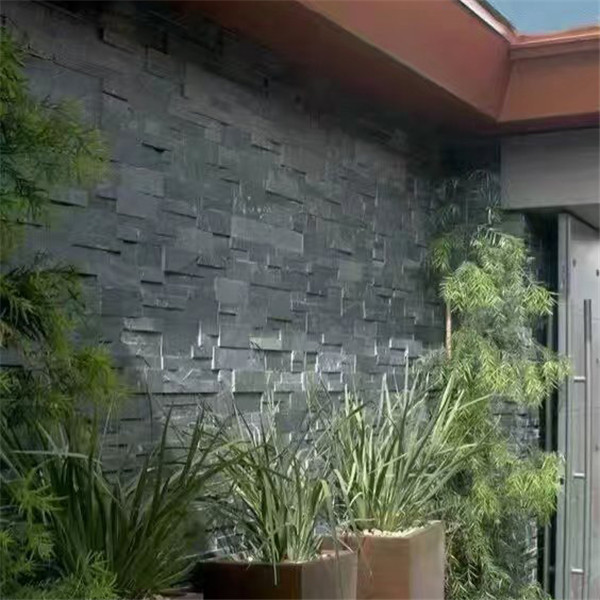Introduction
In the world of construction and design, faux cultured stone has emerged as a popular choice for adding a touch of elegance and sophistication to both interior and exterior spaces. This versatile material offers the aesthetic appeal of natural stone while providing the benefits of affordability, ease of installation, and a wide range of design options. In this comprehensive guide, we will explore the various aspects of faux cultured stone, including its composition, benefits, applications, and maintenance requirements.
Composition of Faux Cultured Stone
Faux cultured stone, also known as manufactured stone or artificial stone, is a man-made product designed to mimic the appearance of natural stone. It is typically composed of a mixture of Portland cement, lightweight aggregates, and iron oxide pigments for coloration. The manufacturing process involves pouring the mixture into molds that are designed to replicate the texture and shape of natural stone. Once the material has set and cured, it is removed from the molds and can be further processed to achieve the desired finish, such as a smooth surface or a rough-hewn texture.
Benefits of Faux Cultured Stone
Faux cultured stone offers a wide range of benefits that make it an attractive choice for homeowners, builders, and designers alike. Some of the key advantages of faux cultured stone include:
1. Affordability: Faux cultured stone is generally more cost-effective than natural stone, making it a budget-friendly option for those looking to achieve a high-end look without breaking the bank.
2. Lightweight: Unlike natural stone, which can be heavy and require additional structural support, faux cultured stone is lightweight and easy to handle, making it ideal for a variety of applications.
3. Versatility: Faux cultured stone is available in a wide range of colors, shapes, and textures, allowing for endless design possibilities. Whether you prefer a modern, sleek look or a rustic, weathered appearance, there is a faux cultured stone option to suit your style.
4. Easy Installation: Faux cultured stone is designed for easy installation, with interlocking panels or individual pieces that can be applied directly to a variety of surfaces, such as drywall, concrete, or plywood.
5. Durability: Faux cultured stone is resistant to moisture, mold, and pests, making it a durable and long-lasting choice for both interior and exterior applications.
Applications of Faux Cultured Stone
Faux cultured stone can be used in a wide range of applications to enhance the beauty and functionality of residential and commercial spaces. Some of the most common uses of faux cultured stone include:
1. Exterior Cladding: Faux cultured stone can be used to create stunning facades on homes, commercial buildings, and outdoor structures such as fireplaces, columns, and retaining walls. Its weather-resistant properties make it an ideal choice for exterior applications.

2. Interior Accent Walls: Faux cultured stone can add a touch of warmth and texture to interior spaces, such as living rooms, dining rooms, and bedrooms. Whether used as a focal point or as a subtle accent, faux cultured stone can create a cozy and inviting atmosphere.
3. Fireplaces and Mantels: Faux cultured stone is a popular choice for fireplace surrounds and mantels, providing a rustic and elegant look that complements both traditional and contemporary decor styles.
4. Landscaping Features: Faux cultured stone can be used to create beautiful landscaping features, such as garden walls, pathways, and water features. Unglazed mosaic tile for earthy textures and durability make it a practical choice for outdoor projects.
Maintenance Requirements for Faux Cultured Stone
While faux cultured stone is a low-maintenance material, proper care and maintenance are essential to ensure its longevity and aesthetic appeal. Here are some tips for maintaining faux cultured stone:
1. Regular Cleaning: To keep faux cultured stone looking its best, it is important to regularly clean it with a mild detergent and water. Avoid using harsh chemicals or abrasive cleaners, as these can damage the surface of the stone.
2. Sealing: Depending on the type of faux cultured stone used, it may be beneficial to apply a sealant to protect the surface from stains and discoloration. Consult with the manufacturer or a professional installer for recommendations on the appropriate sealant for your specific type of faux cultured stone.
3. Inspection: Periodically inspect faux cultured stone for signs of damage, such as cracks, chips, or discoloration. Address any issues promptly to prevent further deterioration and maintain the integrity of the installation.
4. Avoiding Impact: Faux cultured stone is durable but can still be damaged by impact from heavy objects or sharp tools. Take care when moving furniture or performing maintenance tasks near faux cultured stone surfaces to prevent accidental damage.
Conclusion
Faux cultured stone is a versatile and aesthetically pleasing material that offers a cost-effective alternative to natural stone. With its wide range of colors, textures, and applications, faux cultured stone can enhance the beauty and functionality of both interior and exterior spaces. By understanding the composition, benefits, applications, and maintenance requirements of faux cultured stone, homeowners, builders, and designers can make informed decisions about incorporating this versatile material into their projects. Whether used to create a stunning facade, an inviting interior accent wall, or a charming landscaping feature, faux cultured stone is sure to make a lasting impression.
